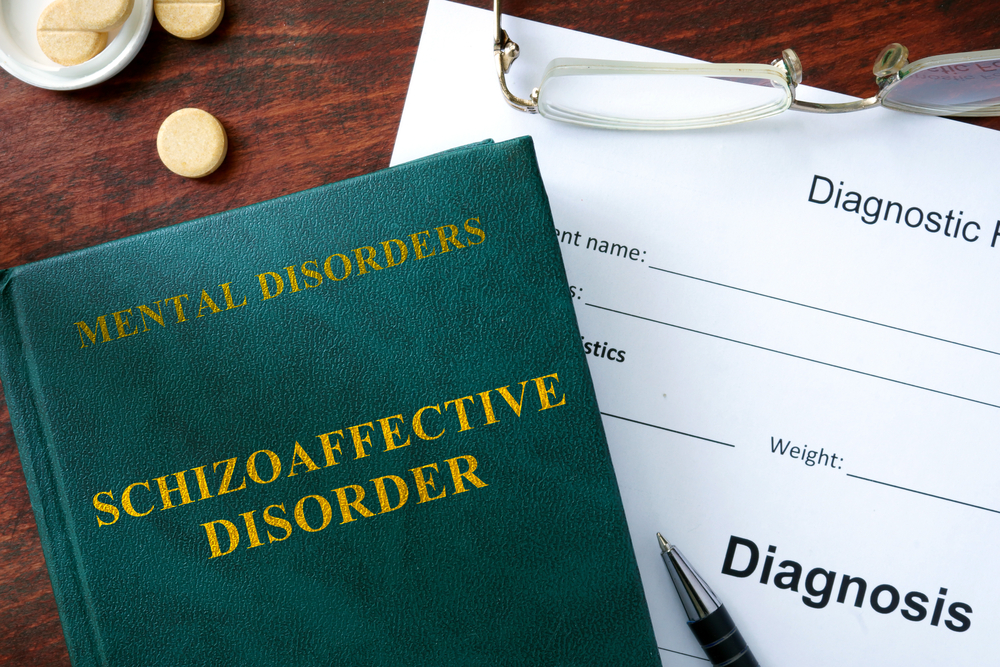DIAGNOSIS
In discovering the diagnosis of Schizoaffective disorder, testing includes:
Physical tests. This is being done to determine if other problems might be the reason why someone is experiencing signs and to know if there are other associated complications.
Screenings and Examination. These involve assessments that will help eliminate possible illnesses that have the same signs as Schizoaffective disorder; testing for liquor, and drugs. The doctor might require some imaging studies such as CT scan or MRI Scan.
Psychiatric Assessment. Some doctors and mental health experts will ask some set of questions that talk about your feelings, thoughts, illusions, and those that involve personal background and family. They also inspect the appearance of the patient.
The diagnostic basis for Schizoaffective disorder. The patient’s doctor or mental health expert bases on the Diagnostic and Statistical Manual of Mental Disorders published by the American Psychiatric Association.
TREATMENT
Treatment may be based upon the type and seriousness of the patient’s signs and if the disease is the bipolar type or the depressive type.
In some instances, the patient may need to be confined in the hospital.
Generally, doctors advise medicines for people suffering from Schizoaffective disorders. These medicines are being used to manage depression, calm the mood, and alleviate the psychotic signs. Some of the medications may include:
Antipsychotics– The antipsychotic drug paliperidone is the only medicine that has been approved by the Food and Drug Administration for treating Schizoaffective disorders.
Antidepressants– This medicine can help in alleviating the sadness and struggles in sleeping and concentrating.
Aside from medicines, talk therapy, or also known as psychotherapy, can help. This could involve individual therapy and group or family therapy.
In addition to the said treatment above, studying and discovering skills such as social skills training, can help make your life better and communicate with other people.
But in times of severe signs, staying at the hospital is needed to make sure you are safe, eat the proper foods with the right nutrients, and have enough sleep.


